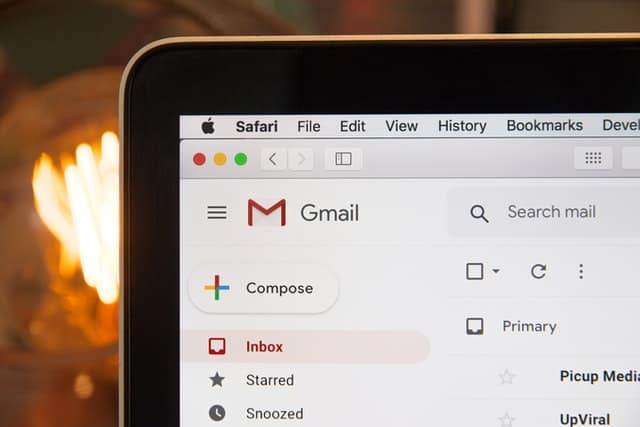
Malicious email attachments are some of the most popular tools thugs use to steal data and install malware on computers. Thus, learning how to delete mail on Mac and other devices is critical for winning the war against malicious attachments. Guard yourself against these tricks by learning how to detect and avoid them. So, remain with this post to discover more about identifying and deleting them.

What are Mail Attachments?
Just as the name goes, they are attachments containing phishing malware. Their senders use them as bait that tricks unsuspecting users into clicking on malicious links or download malware. When they unsuspectingly fall into their trap, they can install malware that destroys and steals your data. Some of these attachments let attackers control your devices and enter your networks.
Moreover, these attachments take various forms. For instance, they can be text files, videos, or images hackers have laced with dangerous malware. They exploit weaknesses and loopholes in your system to perform their malicious activities. Some senders are smart enough to spice up their dangerous emails to look like valuable content that can prompt you to act.
Dangers of Malicious Mail Attachments: Why You Should Delete Them
So, why should you delete these attachments? Here are their dangers and the reasons for deleting them immediately.
They Can Corrupt Your Hard Drive
These dangerous attachments can corrupt your computer’s hard drive unless you delete them immediately. Thus, the corruption can allow them to delete your files, deactivate your PC, and corrupt your information.
They Can Hijack Your Data
Some infected attachments contain ransomware. This malware form can hijack your precious data and demand you pay a ransom before you regain them. It locks you out of your information systems until you pay the stated amount.
They Can Spy On Your Activities and Share Your Data
Some malicious email attachments also contain spyware. This malware category spies on all your activities and share your data, exposing them to loss and other dangers. The spyware collects information and sends it to dubious websites. Also, this malware’s activities on your computer can damage it.
They Steal Your Personal Information
Lastly, the digital poison these attachments contain can steal your private information. They let their malicious senders access your sensitive data and passwords.
Identifying Malicious Mail Attachments
Fortunately, detecting these fraudulent email attachments isn’t rocket science. Here are easy ways of identifying them.
Strange Senders
First, all the emails come from strangers. However, some of them are smart enough to impersonate your contacts. They could even hijack their email accounts and use them to send you messages. This way, you could easily assume it’s one of your contacts.
Sudden Requests
These mails also carry abrupt and suspicious requests. Most of these requests revolve around money or action requests for logging in to a specific website with your sensitive details. Think twice before acting if you notice them.
Strange File Names
They also have strange file names. Moreover, some of them have serious spelling and grammar errors. So, suspect such attachments whenever you see them.
Attachments with Extensions
Some of these attachments contain extension files that deploy themselves once you download or click on them. Be careful with them because they usually contain malicious codes that could install malware on your devices.
Attached ZIP Folders
These dangerous attachments also contain zipped folders (everybody heard about a zip bomb). The problem is that you can’t scan such folders before downloading them. Therefore, it’s wise to delete them immediately because they could install malware on your machine before scanning them.
How to Delete Mail Attachments
So, how can you delete these attachments? Below are simple and effective ways of deleting them from your computer.
First, you should send your machine to sleep mode if you accidentally clicked on a malicious email attachment. Don’t shut down your machine since you could worsen the infection. It’s also advisable to contact a malware expert to remove the threat unless you have advanced IT experience.
Second, you can thoroughly scan your computer using an updated anti-malware app. This way, you will be better positioned to detect and remove any infection before using your computer again.
How to Protect Yourself against Malicious Mail Attachments
Lastly, we look at practical ways of protecting your system against malicious email attachments. Below are some effective measures to take.
- Educate your team about these attachments’ dangers and how to avoid them.
- Never click on suspicious email attachments.
- Delete all suspicious mail attachments.
- Sandbox all such attachments and deliver their contents minus the suspect attachments.
- Instantly convert them into safe formats to neutralize all malicious codes.
- Use end-to-end and server-based email anti-malware scanners.
There you have it. We hope the information in this discussion will fortify your guard against these malicious emails.